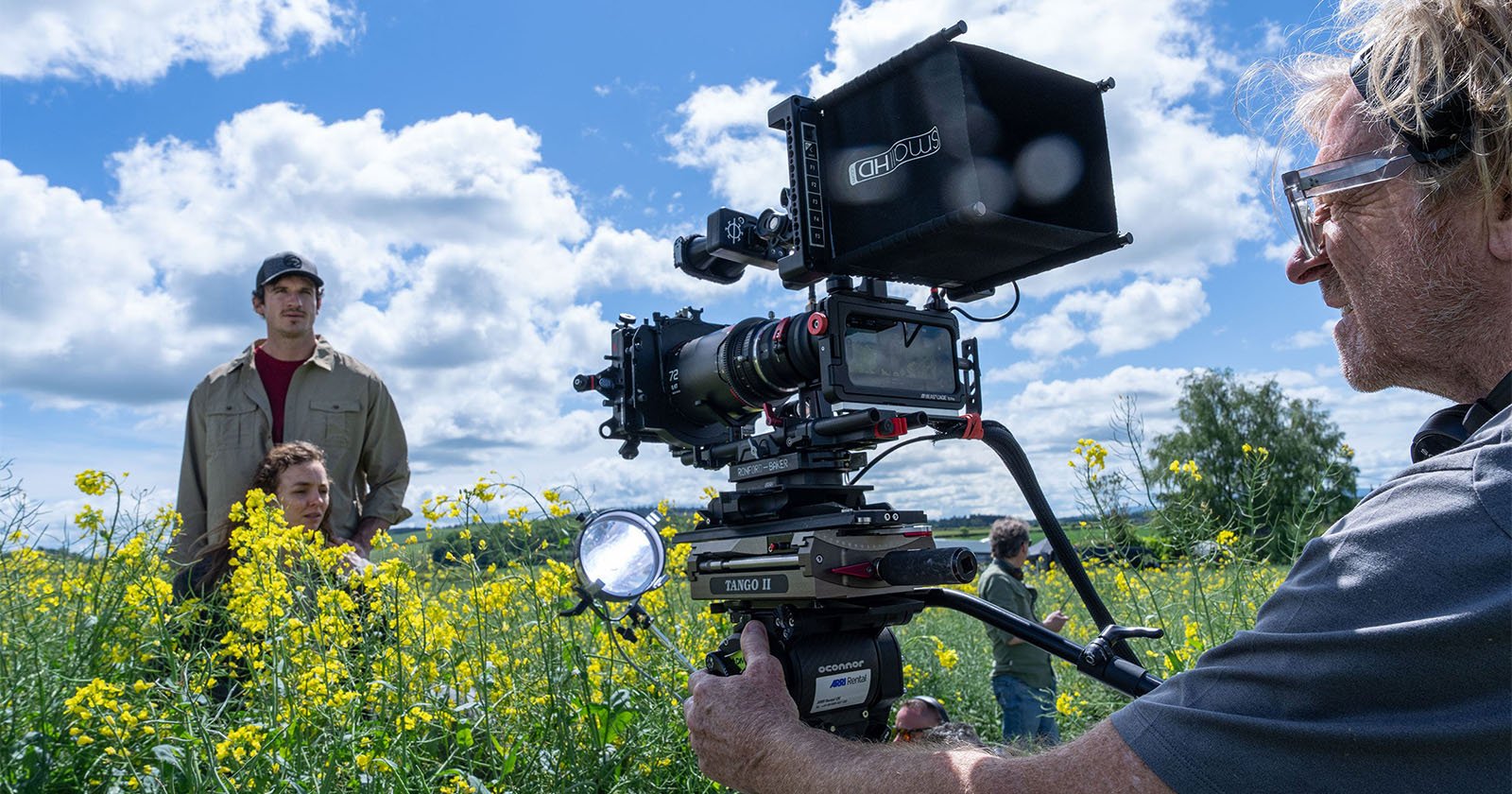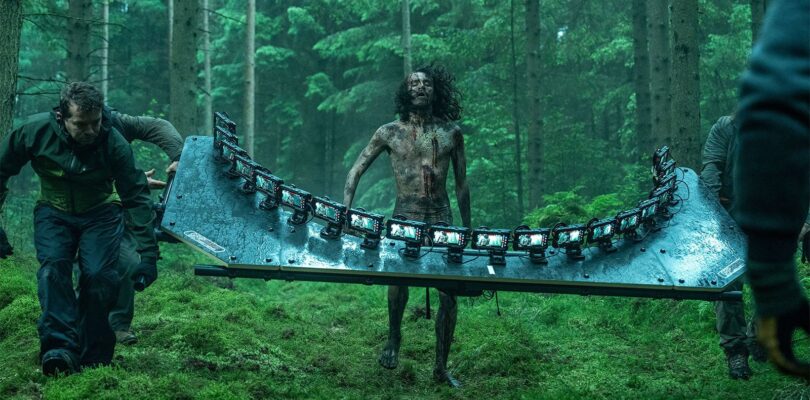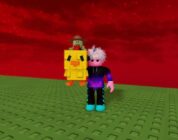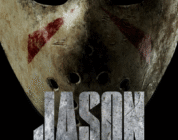Filmmaker Danny Boyle’s upcoming blockbuster sequel 28 Years Later embraces a wide range of modern filmmaking technology, including shooting some sequences using Apple iPhone smartphones.
As PetaPixel reported last September, Boyle made headlines when behind-the-scenes photos showed that he and his crew were using iPhone to shoot 28 Years Later. A new deep-dive interview with IGN, also reported by DPReview, confirms these reports and offers a fascinating look into the filmmaking process and how different camera technology enables new and dynamic scenes.
Boyle tells IGN that despite not being shot on a suite of large-format cameras, his upcoming zombie apocalypse film will be presented in a very wide 2.76:1 aspect ratio.
“We thought we’d benefit from the unease that the first firm created about the speed and velocity, the visceral [aspect] of the way the infected were depicted. If you’re on a widescreen format, they could be anywhere… you have to keep scanning, looking around for them, really,” Boyle says.
This is a dramatic departure from the original film, 2002’s 28 Days Later, which was shot in 4:3 on miniDV camcorders to mimic the look of footage captured by people experiencing an apocalypse in the early 2000s.
Boyle is taking a similar approach by using modern iPhone models, although the footage from modern smartphones is light-years ahead of where consumer miniDV camcorders were in 2002.

Beyond just using an iPhone for shooting some sequences, Boyle and his cinematographer and frequent collaborator, Anthony Dod Mantle, went far beyond that and built some elaborate rigs, including one that features 20 iPhones side by side. This, along with specialized cameras attached to actors, special sensors, drones, and more, help create a sense of action and immersion.
The crew used various iPhone rigs during filming, including one with eight cameras, another with 10, and another with the 20 mentioned above.
“One for eight cameras, which can be carried very easily by one person, one for 10 cameras, and one for 20,” Boyle explains of the iPhone rigs. “I never say this, but there is an incredible shot in the second half [of the film] where we use the 20-rig camera, and you’ll know it when you see it… It’s quite graphic but it’s a wonderful shot that uses that technique, and in a startling way that kind of kicks you into a new world rather than thinking you’ve seen it before.”
Boyle says the 20-phone setup helped them create “poor man’s bullet time.”

Having that many cameras shooting at once also means that, in editing, it’s easy to pick out a specific perspective that’s a bit different from the rest. It can also be used to time-slice and switch between cameras during frenetic action.
“As it’s a horror movie, we use it for the violent scenes to emphasize their impact,” Boyle says.
28 Years Later is shaping up to be not only an exciting and highly anticipated sequel to one of the biggest zombie movies of the 21st century but a tour de force in camera and filmmaking technology. More of this exciting tech is featured in an IGN-exclusive behind-the-scenes video.
28 Years Later lands in theaters on June 20.
Image credits: Sony Pictures




